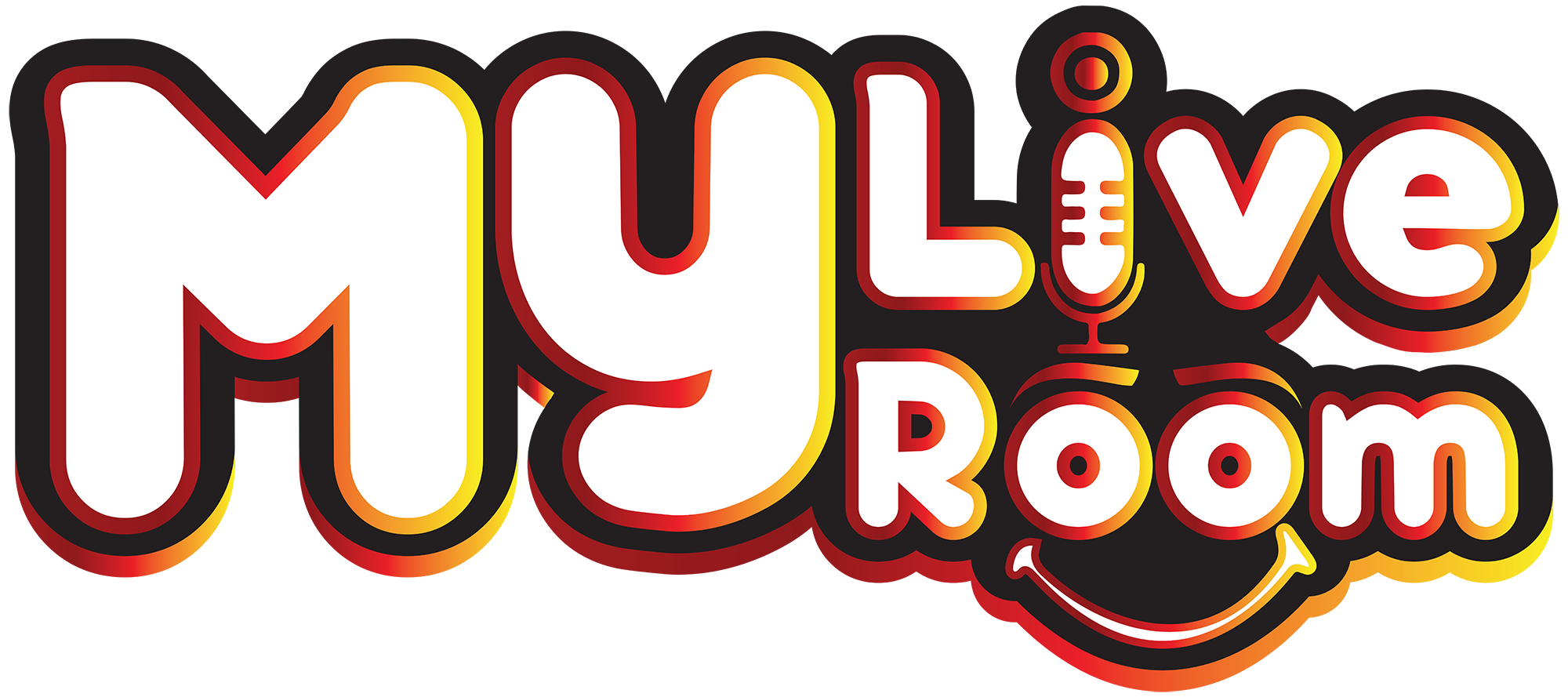Why Combining Behavioural Safety and Procedures Boosts Compliance
Creating a safe and productive workplace doesn't happen by chance. It’s the result of intentional strategies, consistent practices, and a culture that values every employee’s well-being. Two major components that drive workplace safety are procedures and behavioural safety practices. But here’s the real game-changer: when you combine both, the results are far more powerful than using either in isolation.
Let’s dive into how this combination works, why it matters, and how you can start applying it today to prevent workplace hazards and improve compliance—without boring your team to death.
📌 Want to Know NEBOSH Course Fees in Pakistan? 👉 Click Here to View the Latest Prices!
Understanding the Two Pillars of Safety
To understand why combining these two areas makes such a difference, let’s first break them down.
What Are Procedures?
Procedures are the rules, protocols, and written guidelines that tell workers what to do, when to do it, and how to do it safely. For example, a machine might require a specific lockout/tagout process before maintenance. Procedures are critical, especially in high-risk industries like construction, manufacturing, and chemical handling.
What Is Behavioural Safety?
Behavioural safety is about how people act at work. Do they take shortcuts? Are they looking out for one another? Do they report unsafe conditions or walk past them?
This approach digs into why people behave the way they do, and helps create a workplace culture where safety is a shared responsibility.
Why Just Procedures Aren’t Enough
Many companies have beautifully written procedures tucked away in a binder. But here’s the truth: procedures alone don’t guarantee compliance.
Let’s imagine a welder named Asad, working in a busy fabrication yard. The company has strict rules about wearing flame-resistant gear. But Asad skips it because it’s “too hot today.” This decision—driven by behaviour, not procedure—can result in a serious injury.
So while procedures are essential, they need something else: engagement and ownership from the workforce.
The Power of Merging Behaviour and Procedure
Combining behavioural safety practices with well-crafted procedures bridges the gap between knowing what to do and choosing to do it.
Real-Life Example: The Warehouse Turnaround
At a logistics warehouse in Lahore, the safety record was poor. Despite regular training and documented protocols, minor injuries were common. The management decided to implement a behavioural safety program alongside their existing procedures.
Instead of just telling employees what to do, supervisors began having weekly safety talks, encouraging peer observation, and rewarding safe choices. In just six months, incident rates dropped by 40%. The lesson? People followed procedures more reliably when they understood why and felt personally invested.
How Behavioural Safety Supports Compliance
Here’s how focusing on behaviour boosts safety rule compliance:
1. Builds Trust and Communication
Employees are more likely to follow procedures when they feel heard and respected. Regular feedback loops, open-door policies, and positive reinforcement play a big role.
2. Encourages Ownership of Safety
When workers are involved in shaping procedures or identifying risks, they develop a sense of ownership. They're no longer just rule followers—they become safety advocates.
3. Fosters a Proactive Attitude
Behaviour-based safety helps spot potential issues before they become incidents. It promotes habits like reporting near-misses, inspecting tools, or double-checking PPE.
Step-by-Step Guide to Integrating Behaviour with Procedure
Implementing this hybrid approach doesn’t have to be complicated. Here’s a step-by-step guide to get started:
Step 1: Review Your Existing Procedures
Start by evaluating your current safety documentation. Are procedures clear, relevant, and practical? Involving workers in this review process brings helpful insights.
Step 2: Train Supervisors in Behavioural Safety
Supervisors are the front line. Give them the tools to understand behavioural cues, offer constructive feedback, and lead by example.
Step 3: Encourage Positive Reinforcement
Rewarding good behaviour works better than punishing bad ones. Small incentives, verbal praise, or team shout-outs can make a big difference.
Step 4: Use Observation and Peer Feedback
Set up peer safety observation programs where workers can respectfully correct or encourage each other. This peer-to-peer support builds accountability.
Step 5: Monitor, Measure, and Improve
Track both behavioural indicators (e.g., near-misses reported, safety observations) and procedural compliance (e.g., checklist completion). Use this data to improve continuously.
The Role of Training and Certification
For organizations serious about safety, training plays a crucial role. Institutions offering structured programs like the NEBOSH certification help reinforce both the procedural and behavioural elements of workplace safety.
In Pakistan, there’s growing interest in such training due to the country’s expanding industrial sectors. People often ask about NEBOSH course fees in Pakistan, as it’s one of the most recognized programs in occupational safety and health. These fees can vary depending on the city, institute, and the format of training (online vs. in-person). Investing in this course can lead to better job opportunities and stronger safety leadership skills.
Making the Investment Count
When companies support staff in professional development—like enrolling them in recognized safety courses—it sends a powerful message: “We care about your safety and your growth.” This builds loyalty and raises the overall compliance rate in the organization.
So, if you’re thinking about getting your team trained or even going through a program yourself, now might be the time. You can explore more about the NEBOSH course fees in Pakistan and how these certifications align with your workplace needs.
Read More about NEBOSH course duration and fees in Pakistan and how investing in these programs creates long-term safety value for your business.
Final Thoughts: It’s About Culture, Not Just Checklists
You can’t create a safe workplace with documents alone. You also can’t just give a motivational speech and hope people will follow the rules. But when you combine structured procedures with behavioural safety programs, you create a workplace where safety becomes part of the DNA.
Workers feel valued. Supervisors lead better. Risks are managed proactively. And compliance isn’t forced—it becomes natural.
If you're serious about improving safety in your workplace, don’t just ask, “What should we do?” Also ask, “How do we help people want to do it?”
That’s the real secret to lasting compliance.
- Art
- Causes
- Crafts
- Dance
- Drinks
- Film
- Fitness
- Food
- Games
- Gardening
- Health
- Home
- Literature
- Music
- Networking
- Other
- Party
- Religion
- Shopping
- Sports
- Theater
- Wellness
- Social



